Tangerine: Benefits, Varieties, Recipes, And More
Dive into the zesty bliss of tangerines to improve your health.

Image: Shutterstock
Tangerines (Citrus reticulata) are orange-colored citrus fruits with a sweet and tart taste. They are named after the Tangier region of Morocco and look similar to oranges. The benefits of tangerines are partially attributed to their content of vitamin C, a nutrient known to boost immunity. The presence of antioxidants in these citrus fruits also helps reduce the risk of cancer and improve heart health. Tangerines are smaller and contain slightly less water and acid content, and more sugar when compared with oranges. You can find many hybrid varieties of tangerine, which have reddish-orange skins that are easy to peel. This article explores the types, nutrition facts, and health benefits of tangerines, and includes a few tasty recipes. Keep reading.
In This Article
Varieties Of Tangerine Fruit
Let’s first begin with the various types of tangerines available today.
Many people wonder if tangerines and clementines are the same things. Tangerines are closely related to clementines, as both are members of the Citrus reticulata family. Similarly, there are a few more hybrid varieties of tangerine as mentioned below.
1. Tangelos (honeybells) – a hybrid between tangerine and grapefruit (Citrus paradisi).
Tangelos have loose skin and juicy sweet-flavored arils similar to tangerines. Unlike oranges, these have a characteristic knob at the stem end of the fruit.
2. Tangors (Citrus nobilis) – a hybrid between tangerines (C. reticulata) and sweet oranges (C. sinensis). These are usually large in size with a sweet-tart flavor like oranges.
3. Clementines – a hybrid between a mandarin and sweet oranges. These are seedless, sweet, and juicy, smaller in size with smooth, glossy skin.
4. Yuzu (Japanese citrus) – a hybrid between papeda (C. ichangensis) and mandarin oranges (C. reticulata). These have a tart flavor and a lime-like intense fragrance.
 Trivia
TriviaGoing further, let’s see how much nutrition a tangerine fruit can provide you with.
Tangerine Nutrition Facts
According to the USDA, a small-sized tangerine can provide you with 40 calories and the following nutrients (1).
- Calories: 40
- Fat: 0.2g
- Sodium: 1.5mg
- Carbohydrates: 10.1g
- Fiber: 1.3g
- Sugars: 8g
- Protein: 0.6g
- Vitamin C: 26.7mg
Tangerines are packed with vitamin C and are low in calories. While tangerines are a good source of many beneficial minerals and vitamins, they are low in fats. All this together can provide us with various health benefits.
Potential Health Benefits Of Tangerines
Citrus fruits including tangerines have long been valued for their refreshing taste, wholesome nutrition, and antioxidant properties. Below, we explore some of the key tangerine benefits.
- Rich In Antioxidants
Like other citrus fruits, tangerines are rich in citrus antioxidant flavonoids like hesperidin, naringin, narirutin, etc. that have important antioxidant properties. They help get rid of toxic free radicals from your body (2). Some researchers believe that consuming antioxidant-rich foods or supplements may help reduce or prevent certain types of inflammation (3).
- Rich In Immunity-Boosting Vitamin C
Tangerines, being citrus fruits, are naturally packed with an abundance of vitamin C (3). Vitamin C is one of the powerful natural antioxidants that play multiple important roles in boosting our health and immunity. It is essential in collagen synthesis, wound healing, antiviral function, anti-cancer activity, and preventing neurodegenerative diseases, arthritis, cold, and fever (4).
- May Help Prevent Eye Damage
Vitamin C content in tangerines has also been found to be effective in delaying the onset of cataracts and age-related macular degeneration. This may help keep your eyes healthy for longer (5).
- May Help Reduce Risks Of Cancer
Flavonoids, coumarins, and limonoids found in citrus fruits have been indicative of a reduced risk of various cancers. Research supports the potential anti-tumor effects of nobiletin and tangeretin found in the tangerine extract (6).
- May Help Improve Heart Health
Tangerines contain naturally soluble and insoluble fiber like hemicellulose, pectin, etc. which prevent cholesterol absorption in the gut (7). Tangerine peels contain another antioxidant, a super-flavonoid called tangeretin with promising effects in lowering cholesterol (8). Hesperidin, the most prominent flavonoid in tangerine, might also help reduce high blood pressure (9). All this together might help reduce the risks of cardiovascular disease overall.
- May Help Reduce Stress
Including tangerine in your diet could be a tangy yet soothing strategy for stress reduction. This citrus fruit is packed with vitamin C or ascorbic acid, which has shown to ameliorate stress-related disorders (10). The simple act of peeling and savoring a tangerine can also provide a moment of respite in the usual bustle of the day.
- May Help Improve Bone Health
Tangerine is rich in vitamin C which plays a crucial role in bone health (collagen synthesis). Research has shown that vitamin C may be effective in healing bones after a fracture (11). This pulpy fruit is also rich in essential minerals such as calcium and potassium that help maintain bone density (12).
 Trivia
TriviaNow that we know the health benefits of tangerine, let’s also be aware of the possible adverse effects of consuming tangerines.
Adverse Effects
While tangerines are presumably safe, it’s best to proceed with caution if one is allergic to other citrus fruits.
People with citrus allergies should avoid tangerines, especially raw or juiced. An allergic reaction may develop due to cross-reactivity with other pollen allergens as well (13). Common signs of an allergy include itching, redness, swelling, and burning upon touching the skin or fruit pulp of the fruit. The allergy might also cause digestive or respiratory problems. If any of these symptoms occur, it’s important to consult one’s doctor to get a proper diagnosis of an allergy to tangerines.
Tangerines and oranges both belong to the citrus family and are sometimes used interchangeably. Though both have a similar nutrient profile and culinary uses, there are a few differences that might help tell them apart.
Tangerine Vs. Orange: How Are They Different?

It’s common for many people to confuse tangerines and oranges given they belong to the same citrus family and look similar. The health benefits of tangerines are also almost similar to the health benefits of oranges. Let’s understand how the two fruits are different.
| Tangerine | Orange |
|---|---|
| Tangerines originated in Florida. | Oranges originated in Asia. |
| It is a fruit of the Citrus tangerina species. | It is a fruit of the Citrus sinensis species. |
| Tangerines are a subgroup of mandarin fruits. | Oranges are a hybrid of the pomelo and mandarin fruits. |
| Tangerines are flattened and petite. | Oranges are more rounded and larger. |
| Tangerines are softer to the touch when ripe. | Oranges are usually firm and heavy when ripe. |
| Tangerines are usually more reddish-orange. | Oranges are more yellowish-orange. |
| Tangerines have very thin, loose skin that is easy to peel. | Oranges have a tighter skin that is more difficult to peel. |
| Tangerines are in their prime from late October through January. | Most oranges are in their prime from November through March. |
When Is It Best To Have Tangerines?
Tangerines are usually grown in Florida, Texas, Arizona, and California. Though available seasonally from November to April, these are best had at their prime harvest period from late October through January.
To choose the best juicy tangerines, pick the ones that feel heavy for their size. The fruit should be firm with a shiny, bright uniform color and ripe, fragrant smell. Smaller tangerine fruits are usually known to taste better.
Also, there are certain things to keep in mind to ensure the safe handling of tangerines.
Storage And Food Safety
Like all other fruits, it’s best to have tangerines fresh to enjoy their optimal taste and nutrient benefits. However, there might be times when you would like to store them for later consumption. Below, we discuss how you should choose a good tangerine fruit and how to store them for later use.
Tangerines are winter fruits but can now be found in supermarkets all throughout the year. Fresh tangerines have a bright orange color and feel heavy to hold. It’s best to avoid fruits that are too soft, spotted, or feel light and hollow to hold.
The peel of tangerines helps keep the edible arils/segments safe from contamination. The surface dirt or wax can be removed by gently cleaning with a moist cloth. Clean hands should be used to peel the skin, remove the seeds, and separate the segments to enjoy the fresh and juicy fruit.
Tangerines can be stored counter-top at room temperature if eaten within a week. Otherwise, placing them in a zip-lock pouch bag and refrigerating them will keep the fruit fresh and juicy for up to 2 weeks.
If freezing, tangerines should first be peeled, then placed in a freezer-safe sealed bag with little to no air. They can stay fresh in the freezer for up to a year.
Now that we have understood the details about tangerine benefits and possible side effects, let’s look at a few easy recipes to help you enjoy this fruit.
Tangerine Recipes
Tangerines can be eaten standalone as a fruit or as a healthy dessert combined with cottage cheese, low-fat yogurt, or ricotta cheese. Tangerine sauce is also a great addition to vegetable, seafood, and poultry dishes. They add refreshingly sweet and citrusy flavor to salads, sides, and main courses, and can be used in place of or in addition to any other citrus fruits.
1. Choco-dipped Tangerines

Ingredients
- Tangerine (peeled, segmented) – 1
- Dark chocolate (melted) – 10g
Instructions
- Take a tangerine segment and dip till half in the melted chocolate.
- Repeat for all the segments.
- Line a baking tray with parchment paper.
- Place these chocolate-dipped segments on the baking tray.
- Keep aside to set in the fridge for an hour or overnight.
2. Tangerine Martini

Ingredients
- Ice
- Freshly squeezed tangerine juice – 3 fluid ounces
- Vodka – 1 ½ fluid ounces
- Orange-flavored liqueur (such as Cointreau®) – 1 teaspoon
Instructions
- Take the ice in a martini shaker and pour the tangerine juice over it.
- Add in the vodka and orange liqueur as well.
- Cover and shake vigorously.
- Pour and serve in a martini glass.
Tangerines, despite their appearance and nutritional content similar to oranges, are actually a different species in the same citrus family. Smaller in size and with easily peelable skin, they make for a healthy snack any time.
Packed with vitamin C and other powerful nutrients, tangerines are a favorable addition to a healthful meal plan.
Frequently Asked Questions
Is it good to eat tangerines every day?
Tangerines are nutrient-rich citrus fruits with many health benefits. These fruits are considered safe to consume every day.
What happens if you eat too many tangerines?
Tangerines contain high amounts of sugar. Hence, people with high blood glucose levels should check their portions while eating these citrus fruits.
Are tangerines good for your hair?
Yes. The vitamin C and vitamin B12 in tangerines may help promote hair health.
Is it OK to eat the skin of a tangerine?
Yes. It is OK to eat the skin of tangerine as it contains tangeretin, a flavonoid touted for its many health benefits.
Is tangerine good for acid reflux?
No. Having excess amounts of tangerine juice may cause acid reflux.
Key Takeaways
- Tangerines are citrus fruits with a high antioxidant content that may help reduce the risk of cancer.
- The presence of vitamin C in tangerines may boost immune system function and prevent eye damage.
- Those with a citrus allergy may need to avoid eating tangerines to prevent reactions like skin redness, swelling, and itching.
Watch this video to uncover the intriguing health benefits of tangerines, and learn how to include it your diet. Discover how this vibrant vitamin C-rich fruit can supplement you with essential nutrients, while you enjoy its delicious taste.
References
Articles on StyleCraze are backed by verified information from peer-reviewed and academic research papers, reputed organizations, research institutions, and medical associations to ensure accuracy and relevance. Read our editorial policy to learn more.
- Tangerines (mandarin oranges) raw
https://fdc.nal.usda.gov/fdc-app.html#/food-details/169105/nutrients - Citrus peel as a source of functional ingredient: A review
https://www.sciencedirect.com/science/article/pii/S1658077X16300960 - Citrus fruits as a treasure trove of active natural metabolites that potentially provide benefits for human health
https://bmcchem.biomedcentral.com/articles/10.1186/s13065-015-0145-9#ref-CR36 - Vitamin C: An Antioxidant Agent
https://www.intechopen.com/chapters/56013 - Vitamin C and the Lens: New Insights into Delaying the Onset of Cataract
https://pubmed.ncbi.nlm.nih.gov/33066702/ - The flavonoid nobiletin inhibits tumor growth and angiogenesis of ovarian cancers via the Akt pathway
https://www.ncbi.nlm.nih.gov/labs/pmc/articles/PMC4441297/ - Dietary Fiber Atherosclerosis and Cardiovascular Disease
https://www.ncbi.nlm.nih.gov/pmc/articles/PMC6566984/ - Hepatic Lipidomics Analysis Reveals the Antiobesity and Cholesterol-Lowering Effects of Tangeretin in High-Fat Diet-Fed Rats
https://www.researchgate.net/publication/341341006_Hepatic_Lipidomics_Analysis_Reveals_the_Antiobesity_and_Cholesterol-Lowering_Effects_of_Tangeretin_in_High-Fat_Diet-Fed_Rats - Effect of Hesperidin on Cardiovascular Disease Risk Factors: The Role of Intestinal Microbiota on Hesperidin Bioavailability
https://www.ncbi.nlm.nih.gov/labs/pmc/articles/PMC7284956/ - The Role of Vitamin C in Stress-Related Disorders
https://pubmed.ncbi.nlm.nih.gov/32745879/ - Efficacy of Vitamin C Supplementation on Collagen Synthesis and Oxidative Stress After Musculoskeletal Injuries: A Systematic Review
https://www.ncbi.nlm.nih.gov/pmc/articles/PMC6204628/ - Tangerines, (Mandarin Oranges), Raw
https://fdc.nal.usda.gov/fdc-app.html#/food-details/169105/nutrients - Citrus Allergy from Pollen to Clinical Symptoms
https://www.ncbi.nlm.nih.gov/labs/pmc/articles/PMC3537725/
Read full bio of Jamie Rinaldi
Read full bio of Ravi Teja Tadimalla
Read full bio of Payal Karnik








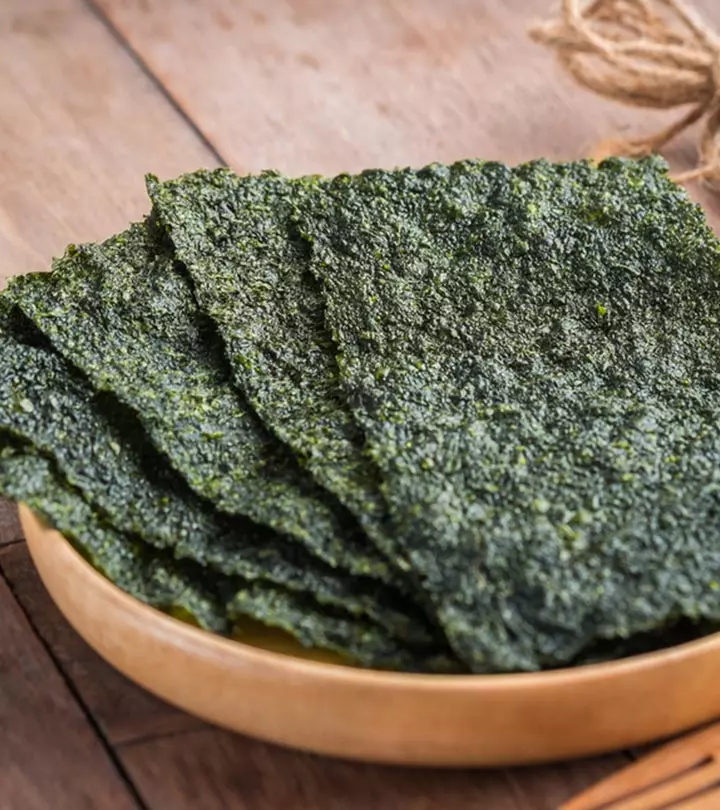

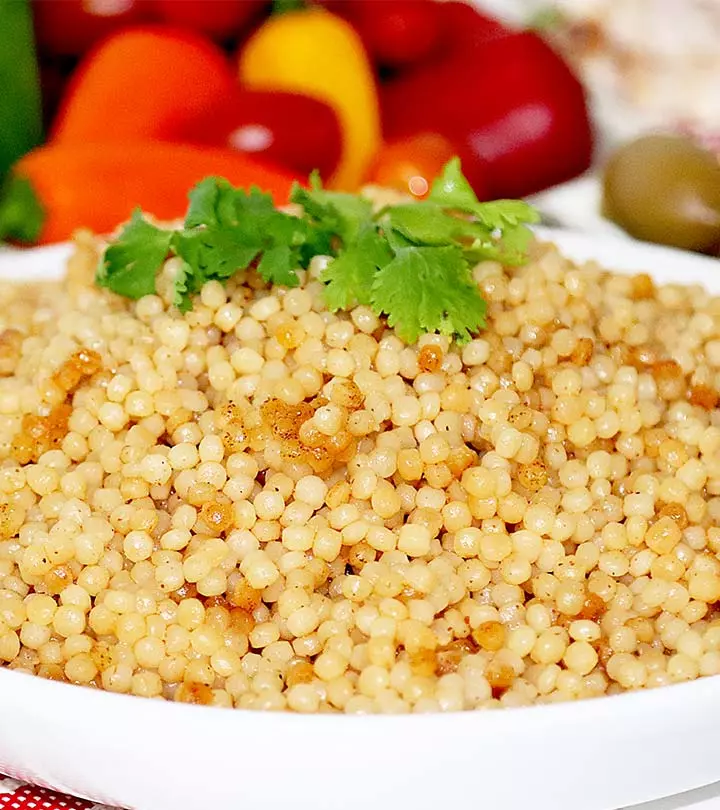



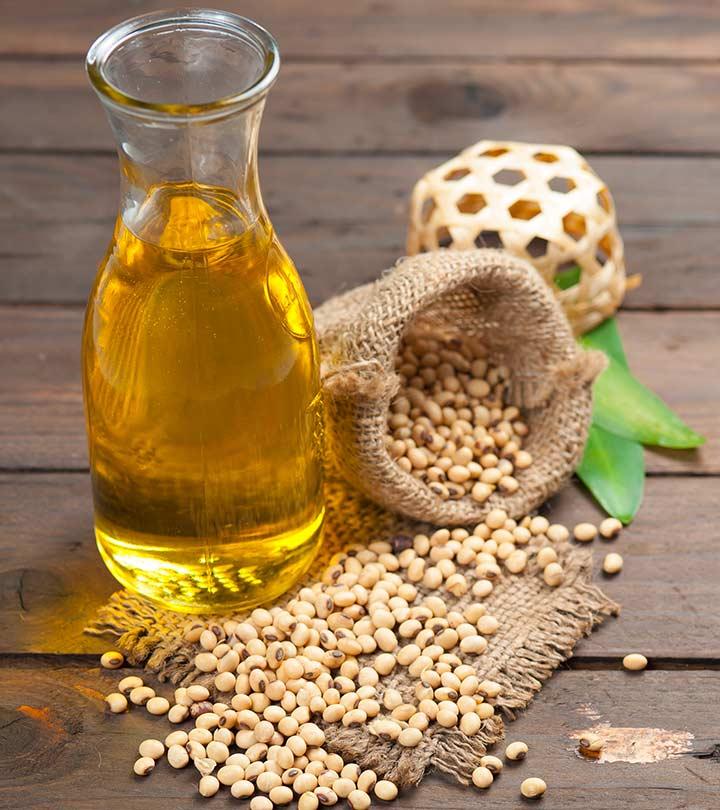



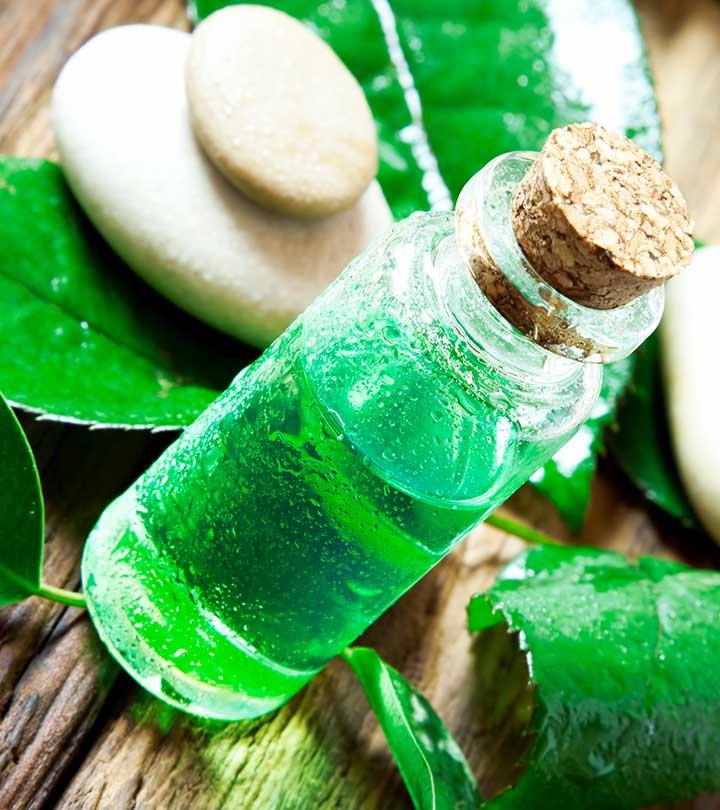
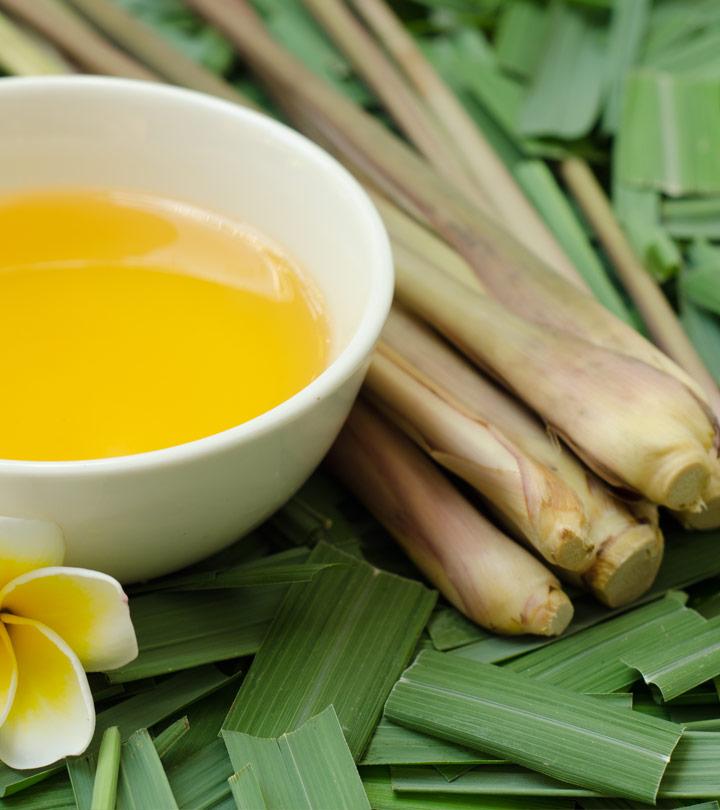

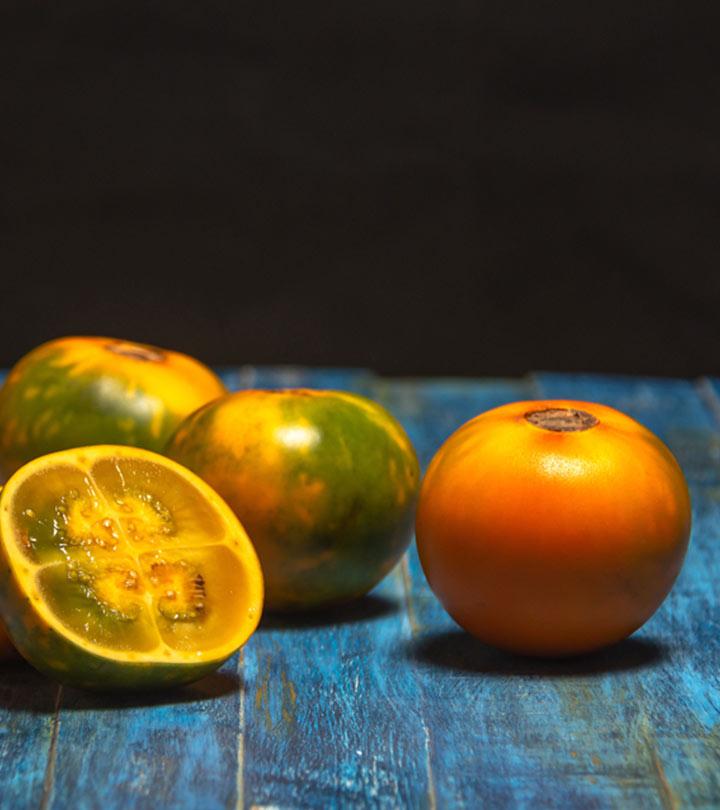
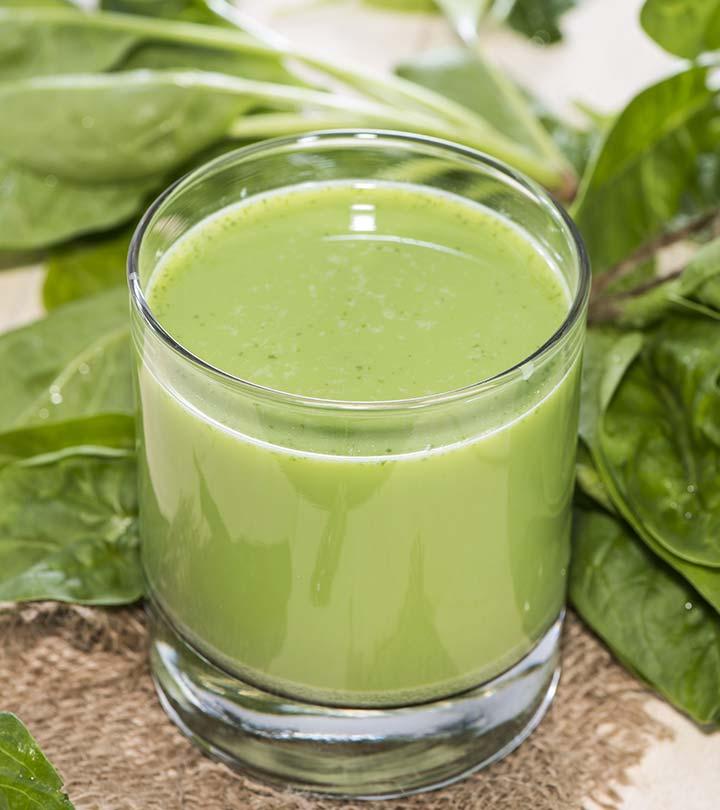

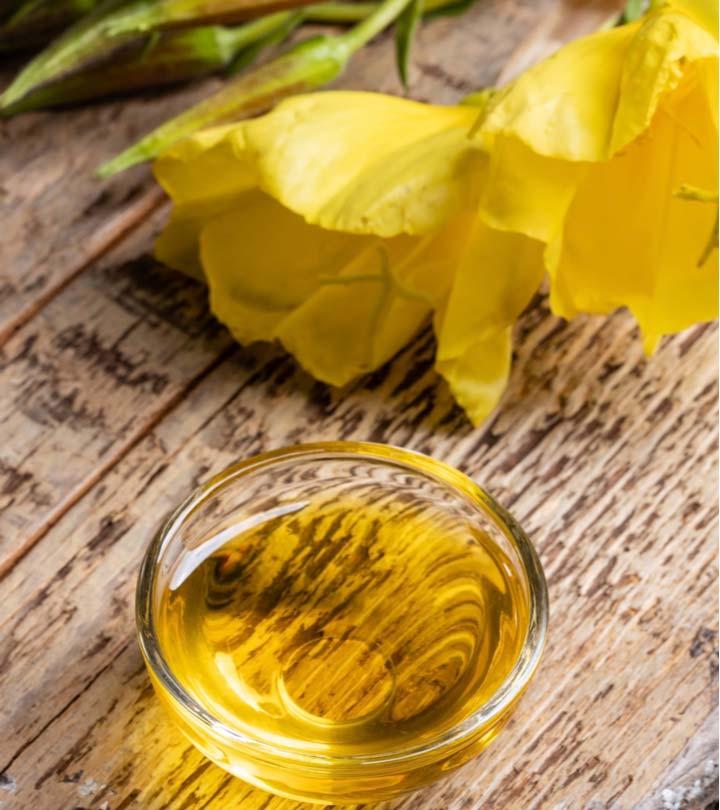
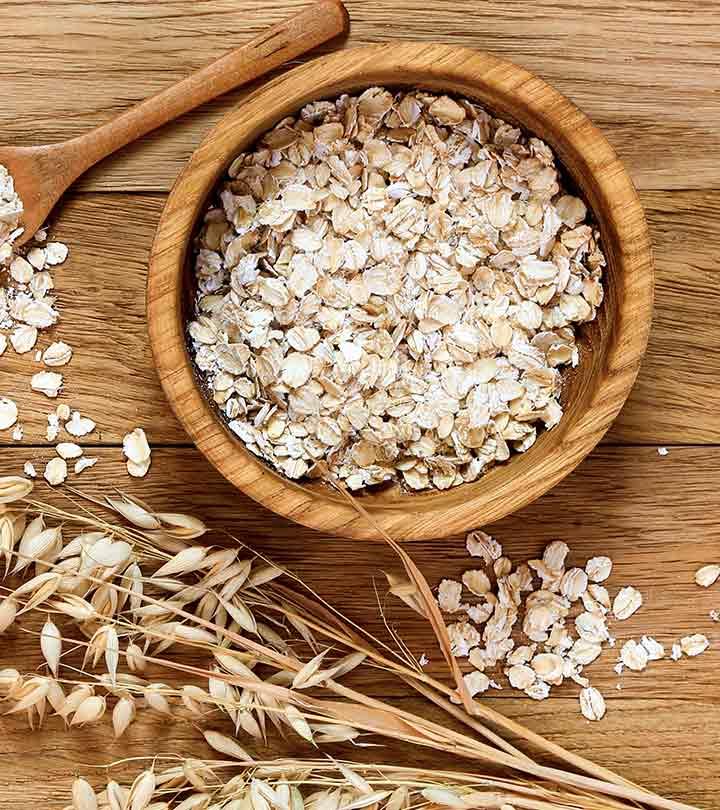
Community Experiences
Join the conversation and become a part of our empowering community! Share your stories, experiences, and insights to connect with other beauty, lifestyle, and health enthusiasts.